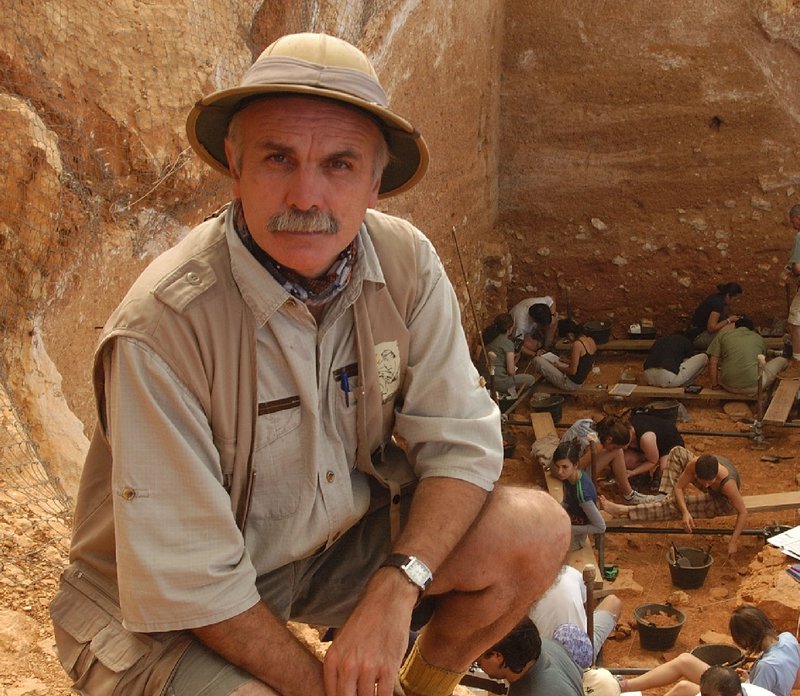THE LAST WORD
Who we ARE
It may be something of a paradox, but the key to understanding what future lies in store for humanity could be to look backwards. We study ourselves as humans in many ways, through science, literature, art, history, philosophy, but I’d argue that one of the most valuable – and most overlooked – forums for exploring who we are is anthropology.
Modern humans, homo sapiens, evolved some 300,000 years ago. Such a long timescale makes the dawn of civilisation in Mesopotamia about 5,000 years ago seem like just other day, and the long, long story of how our ancestors lived, died, survived and evolved must hold lessons that today can help us understand ourselves and guide us as we move into the years, centuries and millennia ahead.
In Catalonia, one of the anthropologists who has arguably done more than anyone to advance the study of our species and draw conclusions that might help us progress is Eudald Carbonell. You can find an interview with Carbonell on page 27 in this issue of the magazine, where he talks about his new book, Living Matter, Thinking Life. In the interview, the veteran archaeologist gives some of his recipes for how humanity should continue its evolution and resolve some of the issues that threaten it. If Carbonell talks with confidence and certainty about subjects that most of us would caveat to death, it is because his decades studying our species and how we evolved means he has a deep understanding of who we are, how we think and act, as well as our strengths and shortcomings.
I was fortunate to meet Eudald a few years ago, when I interviewed him on El Punt Avui television. I have always had an interest in anthropology and so I was over the moon to meet Catalonia’s answer to Indiana Jones and get the chance to pick his brains.
As an aside, what you don’t get from the interview in this issue is Eudald’s warmth and larger-than-life character. I had never met him before, but he greeted me enthusiastically in a booming voice worthy of Brian Blessed and with a vigorous handshake and a hearty backslap.
While we talked about many subjects during the 40-minute interview, before we finished I was determined to get to the bottom of this anthropology thing. If my theory that we have plenty to learn from our ancestors is true, it depends on early homo sapiens being just like us. I am a man in my late forties, I told Eudald, married with two teenage children. I worry about how my kids will turn out and how I can help them grow into responsible, successful adults. I also worry about my ability to continue to put food on the table, and about the back pain that has only appeared recently. I miss my dead parents terribly, but I am overjoyed that my son is as passionate as me about my football team. I wonder how I will deal with the situation when my daughter brings her first boyfriend home. I take special pleasure in watching the sun rise when I’m out with the dog in the early mornings.
In short, I painted Eudald a picture of a typical 21st-century, middle-aged man, and then I asked him that if we were to go back in time 30,000 years, and we found a man of a similar age, would he be anything like me. Eudald smiled and fixed me with a penetrating eye. “Neil,” he said, “he would be exactly the same as you!”

